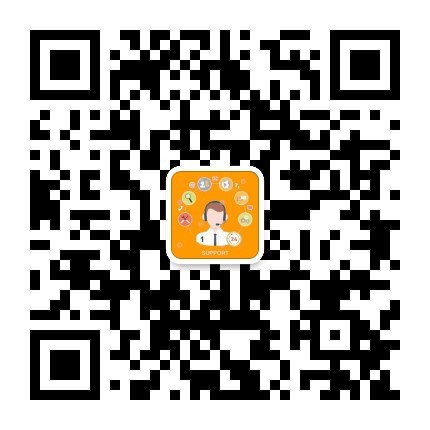- 相關(guān)推薦
1996年8月托福閱讀全真試題
Questions 1-10

The word laser was coined as an acronym for Light
Amplification by the Stimulated Emission of Radiation. Ordinary
light, from the Sun or a light bulb, is emitted spontaneously,
when atoms or molecules get rid of excess energy by themselves,
without any outside intervention. Stimulated emission
is different because it occurs when an atom or molecule holding
onto excess energy has been stimulated to emit it as light.
Albert Einstein was the first to suggest the existence of
stimulated emission in a paper published in 1917. However ,
for many years physicists thought that atoms and molecules
always were much more likely to emit light spontaneously and
that stimulated emission thus always would be much weaker.
It was not until after the Second World War that physicists
began trying to make stimulated emission dominate. They
sought ways by which one atom or molecule could stimulate
many other to emit light , amplifying it to much higher
powers.
The first to succeed was Charles H.Townes, then at
Colombia University in New York . Instead of working with
light , however, he worked with microwaves, which have a
much longer wavelength, and built a device he called a
"maser" for Microwave Amplification by the Stimulated
Emission of Radiation. Although he thought of the key idea in
1951, the first maser was not completed until a couple of years
later. Before long, many other physicists were building masers
and trying to discover how to produce stimulated emission at
even shorter wavelength.
The key concepts emerged about 1957. Townes and
Arthur Schawlow, then at Bell Telephone Laboratories, wrote
a long paper outlining the conditions needed to amplify
stimulated emission of visible light waves. At about the same time,
similar ideas crystallized in the mind of Gordon Gould, then a
37- year-old gradu
【1996年8月托福閱讀全真試題】相關(guān)文章:
1997年5月托福閱讀全真試題04-23
(BEC)高級閱讀全真試題05-04
(BEC)中級閱讀全真試題05-04
劍橋商務英語BEC中級閱讀全真試題05-04
BEC中級全真試題05-04
托福模擬試題06-04
四年級英語閱讀訓練全真試題05-27
小升初數(shù)學全真模擬試題05-02
BEC高級寫作全真試題05-04






